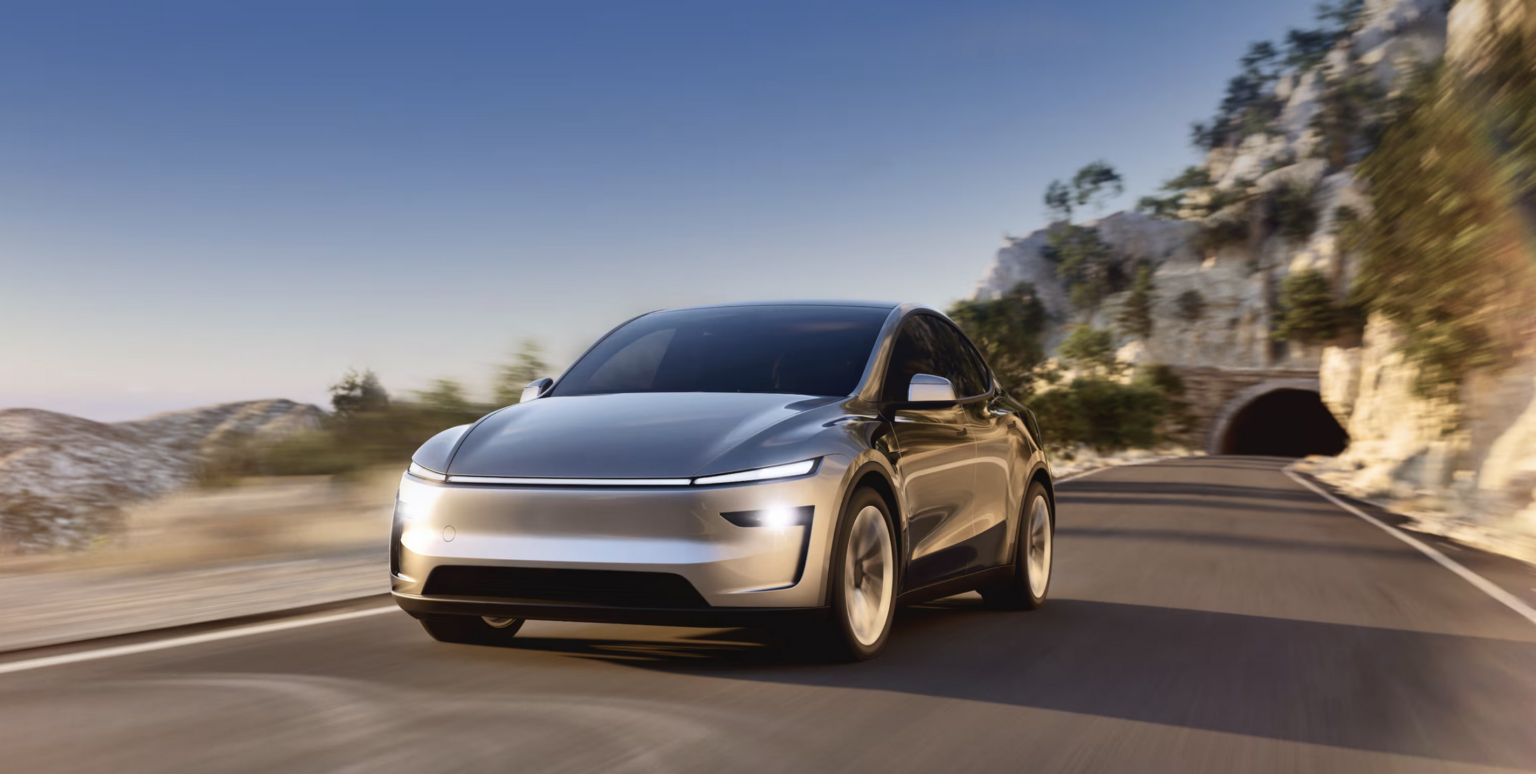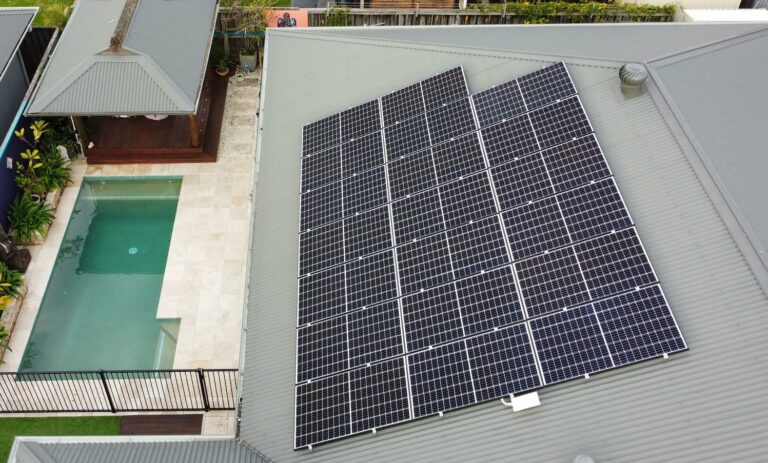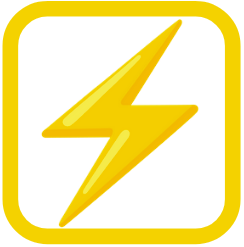Article:
Electrification Strategies 2025
5 Feb 2025 | 4 minute read
Many of us like the idea of using less fossil fuels but are not sure where to start. We care a lot about this topic so we have put together a list of strategies you can consider when starting your journey:
…
Strategy 1: Drive or Ride Electric
One of the easiest ways to leverage new electric technologies is to swap your car or bus for EV or eBike. This means you could save money (eg $100 per week on petrol) and save on emissions as a nice side benefit.
Electric Vehicles: EVs are becoming more and more common as all brands are speeding up production. They offer a much cleaner, quieter and cheaper way to drive.
eBikes: While you may think these just exist to ‘make cycling easier’ these bikes can often replace cars on the daily commute, but have the benefit of using the growing bike lanes around town.
Electric Motorbikes: Still a new category in Australia but growing. Electric motorbikes can use the EV charging networks and offer highway speeds with the benefits of free parking.
Benefits:
- Cheaper to fuel (free for some EV charging providers).
- Leave home with a 100% full tank.
- No more toxic fumes around your kids & family
- More storage space as many EVs have a front trunk.
- Some electric bikes include a removable battery which can be charged indoors (great for apartments).

Strategy 2: Solar & Battery
Buying ectricity from the grid can be very expensive, regardless of your state or energy provider. By installing solar panels along with a home battery system can be an excellent solution to self-sufficient energy generation and storage (just dont expect to sell the power back to the grid for any profit, just use it yourself!).
Solar Panels: Install photovoltaic (PV) panels to generate electricity from sunlight.
Battery Storage: Use batteries to store excess solar energy for use at night or during cloudy days.
Benefits:
- Reduces reliance on the grid.
- Can provide backup power during outages (great for farmers and small business).
- Cuts electricity bills by offsetting grid usage during peak hours.
- Add a smart inverter to manage energy flow between the solar panels, batteries, and grid.
- Use time-of-use plans to maximize savings by charging batteries during low-demand hours.

Strategy 3 – EV + Solar + Battery + eBike
Advanced users can pair your solar panels, a battery system, and electric transportation for a seamless energy ecosystem.
Electric Vehicles + Solar: If you charge during the day this is the most cost-effective way to charge your vehicles.
Battery + EVs: If you can’t charge your EV during the day you can rely on you battery to store your solar power to then charge your car later on.
Electric bikes + Solar: Once you have a few modes of electric transport, you can experiment with how best to charge each device using your home solar or battery storage.
Benefits:
- The cheapest way to reduce overall energy costs.
- Be the generator and end user of your electricity.
- Implement charging strategy to leverage the suns power.

Strategy Elec-topia: No reliance on grid & all electric transport
For the ultimate electrification state you can disconnect your home from the grid (if you are certain your solar will cover your needs).
Once disconnected, you will no longer need to pay for the daily connection fee and future maintenance. You will also be in full control of your power and protected from future price hikes (like we saw in Europe in 2024).
Want to compare our favourite options?

